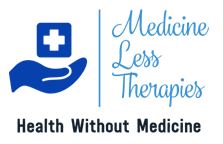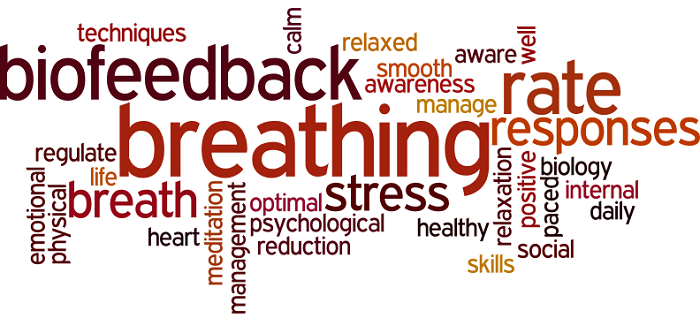Biofeedback:
- Biofeedback is a self‐regulation technique through which patients learn to voluntarily control what were once thought to be involuntary body processes.
- This intervention requires specialised equipment to convert physiological signals into meaningful visual and auditory cues, as well as a trained biofeedback practitioner to guide the therapy.
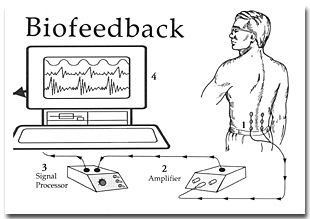
- Using a screen such as a computer monitor, patients get feedback that helps them develop control over their physiology.
Benefits of Biofeedback:
- Reduce stress, depression, anxiety, PTSD and cravings for drugs/alcohol,
- Lower the experience of chronic pain, common to many mental health issues like drug and .alcohol addiction, depression and eating disorders,
- Improve sleep quality by reducing hyperarousal and insomnia,
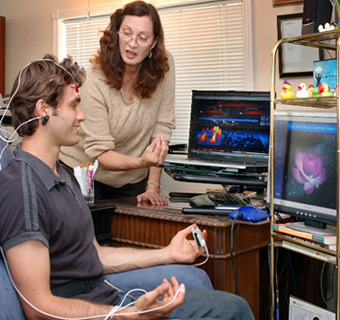
- Help those with ADHD find a greater ability to focus,
- Improve benefits of other treatment methods,
- Aid those not being helped by medication,
- Encourage empowerment and autonomy,
- Biofeedback is a total experience for healing mind and body as well as emotions and spirit. Learning critical coping skills and engaging with biofeedback helps heal adolescents without having to do too much of the work they sometimes consider “boring”.
- As a result, it’s possible to gauge a patient’s progress in terms of their body and brain chemistry while they are able to recognize their own progress as well.
Biofeedback History
Biofeedback history and the roots of self regulation go as far back as 5,000 years – to the beginnings of meditation and various yoga techniques.
- While the word “biofeedback” wasn’t coined until 1969, the roots of biofeedback and self-regulation are much older.
- Yogis have been consciously controlling their autonomic nervous system (slowing down their heart rate, increasing body temperature, decreasing oxygen consumption) for thousands of years.
- This act of self-regulation of the autonomic nervous system was not believed to be possible in the West even as late as 1950’s.
- It can be said that biofeedback history began with the research of Edmund Jacobson who developed progressive relaxation technique in the 1930’s and Johann Schultz who developed autogenic training.
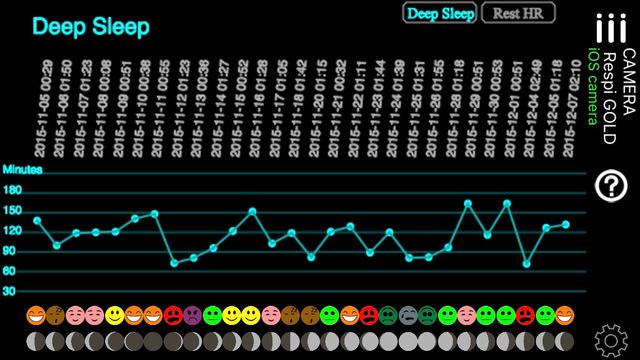
- Both of these techniques are self-regulatory techniques and they served as basis in research and discovery of biofeedback.
- Biofeedback is also nicknamed “Yoga of the West” or “Zen technology”
- Biofeedback emerged in the 1960’s when several scientific, philosophical, and social movements were converging.
- Three key researchers are thought to be the “fathers”; of biofeedback: Neal Miller, John Basmanjian, and Joe Kamiya. They all contributed to the develpment of a variety of biofeedback techniques.
- During a testing session, one of the volunteers accidentally rid herself of a migraine headache when she warmed her hands with autogenics. This led to the research (and subsequent clinical use) of skin temperature biofeedback for migraine headaches.
- Biofeedback history progressed from research into clinical practice. Today, biofeedback is a well recognized tool for self-regulation and stress relief. According to Mayo clinic, biofeedback is a useful complementary modality in treating of more than 100 illnesses.
